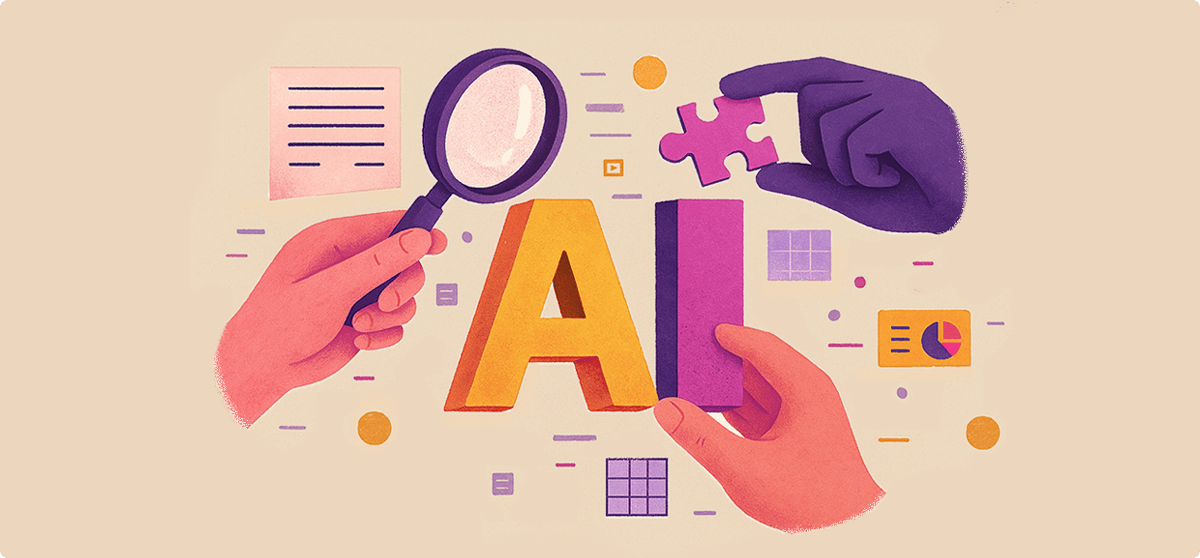Davos 2025 was yet another learning experience for me this year, reflecting the shifting dynamics of geopolitics, technology, and the workforce. Here’s a summary of my reflections:
Post-Globalization: A New World Order
At Workera’s annual dinner, a transformation expert described our current era as a “post-globalized world,” where national interests are regaining prominence. This shift is unlike anything we’ve seen in decades. French President Macron summarized it bluntly for the US: “The priority of the US is the US.”
The recent buzz around DeepSeek exemplifies this tension, with US markets reacting negatively to its launch amid ongoing China-US friction. Personally, I’m not too shaken. As Andrew Ng pointed out, it’s great for AI application builders — driving prices down — but it’s not a reason for Workera to stop building on OpenAI. They still hold an edge in the long tail of details that make building AI agents possible.
Meanwhile, Europe finds itself at a crossroads. As several European friends shared, this feels like “a moment of reckoning” for the continent. Facing what some describe as peak pessimism, Europe must navigate how to sustain itself while carving out meaningful value on the global stage. And, it can’t be regulating AI only. Jacques Attali’s article “Who Needs Us” captures this challenge well.
AI Agents: Promise and Reality
Last year, Generative AI dominated the conversation. This year, it’s AI Agents — their promise, interoperability, and challenges. Many enterprises claim to be running “thousands of agents” with “trillions of API calls” — but after digging in, it still feels early.
Some industries are ahead. Telecom call centers, for example, are on track for 90% automation by the end of 2025. Others — like AI SDRs and AI software engineers — can handle pieces of the job, but not the whole.
One thing is certain: every CEO is about to return from Davos and tell their teams to “go build agents.” Many CIOs and CTOs told me they see chaos ahead.
AI Transformation’s Biggest Bottleneck: Workforce Readiness
Even where agents are performing well, there’s a major problem: AI literacy gaps.
For non-tech companies, it’s especially concerning — only 28% of employees in non-tech firms are Generative AI literate (based on Workera’s skills assessments), compared to 90% in tech.
One tech exec put it bluntly: “We expect 40% of current tasks to be automated by 2025 — but only if our workforce can adapt.”
This is the pattern I keep seeing: technology is advancing, but success still depends on people. Even 16 years after AWS launched, we still need more cloud engineers. I’d bet we’ll still need more AI experts in 2030. AI engineer is actually the fastest growing job according to LinkedIn latest job survey.
AI Upskilling: A Top Priority
To close these gaps, enterprises are making AI upskilling a priority. Many are partnering with Workera to build AI readiness at all levels:
AI Literacy: Foundational skills for all employees
AI+X: Combining AI with specific domains for engineers, scientists, analysts, and researchers across every scientific and industrial disciplines
AI Engineering: Advanced technical capabilities for AI practitioners
These programs are already driving impact, but AI transformation isn’t just about gaining AI skills.
Beyond AI Skills: Toward a More Meritocratic Society
The shift toward a skills-based workforce is accelerating. The WEF’s Future of Jobs report lays out why:
- Skill Instability: Two-fifths (39%) of existing skill sets will be transformed or outdated between 2025 and 2030.
- Skills Gaps: 63% of employers cite skill gaps as the biggest barrier to business transformation over the same period.
- Upskilling Plans: 85% of employers plan to prioritize upskilling their workforce.
- Job Creation and Displacement: New jobs equivalent to 14% of today’s total employment (170 million jobs) will be created, offset by the displacement of 8% (92 million jobs), resulting in a net growth of 7% (78 million jobs).
At Workera, we’re building the tools to enable this workforce transformation. Our recently announced partnership with Accenture and the launch of Sage are critical milestones in unlocking potential through verified skills intelligence.
The Workforce Shakeup: A Crisis for Some, an Opportunity for Others
At Davos, three major workforce disruptions came up repeatedly:
- “Deep White Collar Recession” → AI is hitting white-collar roles hard, automating tasks once thought safe. Aki Ito has great articles on this phenomenon.
- “Junior People Crisis” → Enterprises have long relied on junior hires to do repetitive work and learn on the job. Now, AI is automating those tasks. If junior roles disappear, how do companies develop future managers and leaders?
- “Middle Management Crisis” → Middle management layoffs jumped from 20% in 2019 to 32% in 2023. Those who remain are overloaded. A friend summed it up well: “I’d rather report to AI — it would understand my skills and assign tasks I’m uniquely suited for, probably better than any manager could.”
The Future Belongs to the Movers
In 2025, standing still isn’t an option. AI is automating repetitive tasks, making work more dynamic, strategic, and high-impact. But with that comes a new reality: constant learning, constant adaptation.
Some leaders will stick to old ways, thinking a surface-level investment in AI and upskilling will be enough. It won’t. AI isn’t just another tool. It’s fundamentally changing how talent is managed, making work more meritocratic.
If your company isn’t creating more movement than ever — through upskilling, internal mobility, promotions, lateral shifts, or cross-functional career paths — it’s already falling behind. In the next decade, a static workforce is a lost workforce.
The organizations that embrace this shift will become skills-based, meritocratic workplaces, using AI and real skills data to make every talent decision. We will love them for that and they will be the ones that win.
The only question is: Which side of history will your organization be on?
I know where I stand. I choose meritocracy.
Let’s get to work.






